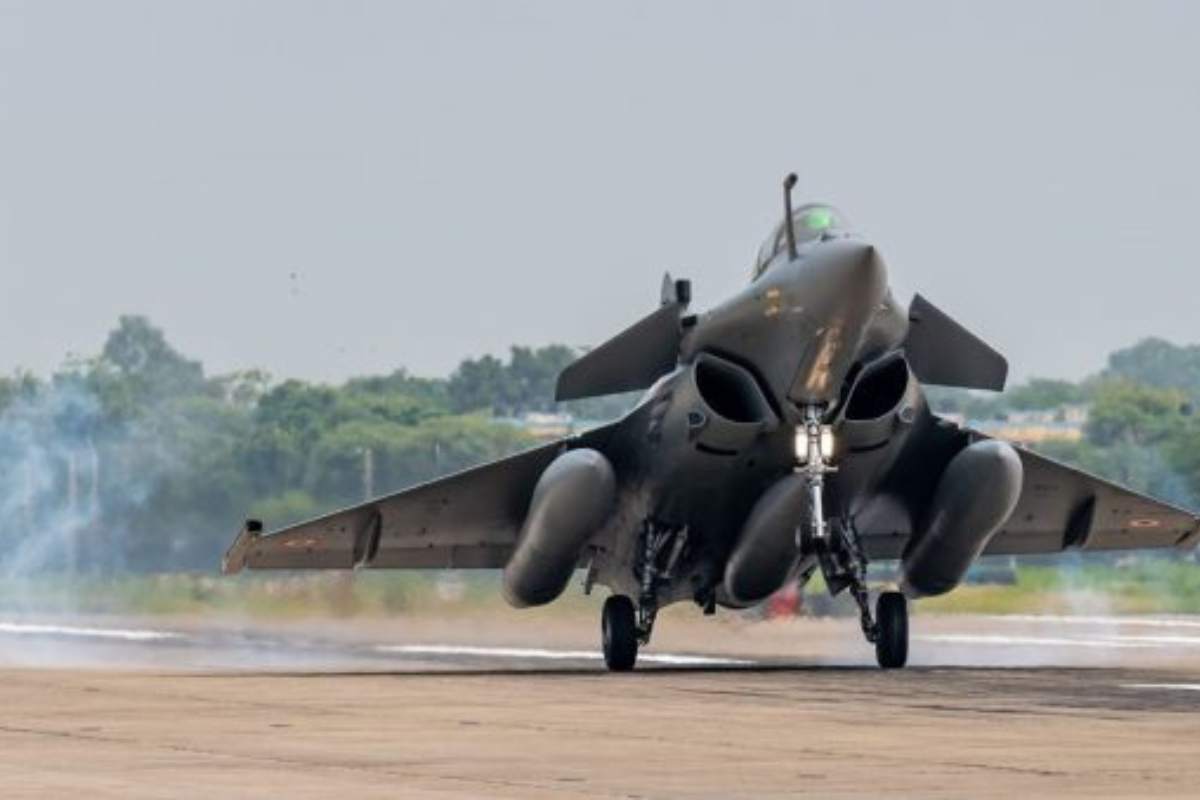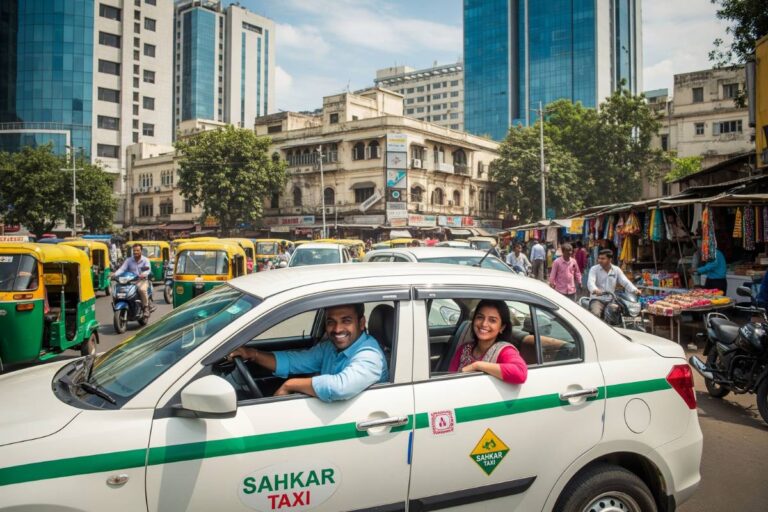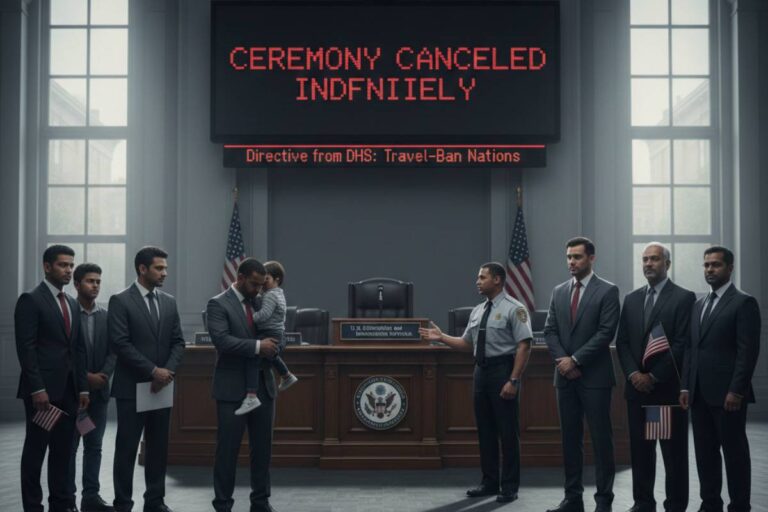Big things sometimes happen with little fanfare. After years of high-stakes negotiations, multimillion-dollar deals, and plenty of speculation, India has finally received the last of its long-awaited Rafale fighter jets from France. The result? A major leap for India’s air and naval power, lots of talk about “game-changers,” and a few raised eyebrows among its neighbors.
But let’s break things down: what does this mean for the Indian Armed Forces? How did we get here, and where does this story go next?
The Rafale Deal: From Negotiations to Delivery
First off, let’s rewind a bit. The Rafale story for India dates back to 2016, when the Indian government inked a €7.87 billion deal (around $9 billion at the time) with Dassault Aviation, the French aerospace giant, for a total of 36 multirole Rafale fighter jets. This package included not just the aircraft, oh, no, that would be too simple, but an entire suite of weapons, simulators, spare parts, and maintenance contracts.
But here’s the thing: negotiations took years, and for good reason. Initially, India aimed to buy 126 fighter jets, with over 100 of them meant to be produced domestically in partnership with Hindustan Aeronautics Limited (HAL). That plan fizzled out. Why? Disagreements over costs, transfer of technology, and contractual obligations.
So, after a lot of back-and-forth, the government streamlined the requirement and chose to buy 36 jets directly, fully manufactured in France. By 2022, 35 out of 36 had touched down in India, with the very last one landing in December 2022. No drama, but a palpable sense of relief among defense officials.
The Jets Themselves: What Makes Rafale Special?
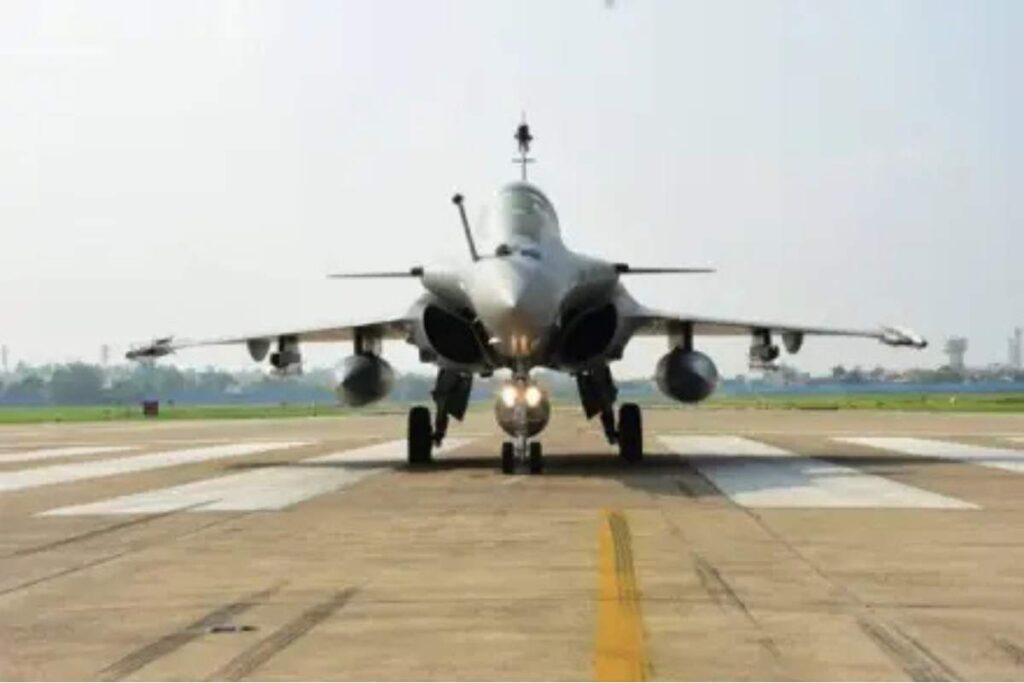
People throw around words like “cutting-edge” and “multirole,” but what separates the Rafale from the pack?
A Quick Look at Specifications
- Speeds up to Mach 1.8, that’s about 2,200km/h if you’re measuring.
- Combat radius of roughly 1,850km, and it can strike deep if needed.
- Twins SNECMA M88-2 turbofan engines, each engine cranks out around 7.5 tons of thrust.
- Ceiling? 50,000 feet. High enough to dodge most threats and keep pilots out of harm’s way.
- Weapons? Loaded. Meteor and MICA air-to-air missiles, SCALP-EG cruise missiles, precision-guided bombs, and nuclear-capable delivery, you name it, it’s in the arsenal.
The Technology Edge
- RBE2 Active Electronically Scanned Array (AESA) radar, think of it as eyes that can spot and lock targets at great distances, even in nasty weather.
- SPECTRA electronic warfare suite jams enemy radar, lures incoming missiles away, kand eeps pilots alive.
- Cockpit design and helmet-mounted displays for rapid information and split-second decision-making.
But perhaps what makes the Rafale a “game changer”, as many defense officials say, is its ability to do all missions: air superiority battles, ground strikes, reconnaissance, and even nuclear deterrence, should the need arise.
Where Are India’s Rafales Based?
It’s all about coverage. India deploys its Rafales at two forward bases:
- Ambala Air Force Station in Haryana: Used by No. 17 ‘Golden Arrows’ Squadron, this base keeps a close eye on the country’s western border. You know which neighbor we’re talking about, Pakistan.
- Hasimara Air Force Station in West Bengal: The No. 101 ‘Falcons’ Squadron calls this place home, facing east towards the China border and watching over the geopolitics in the region.
This dual basing isn’t an accident. It allows the Indian Air Force (IAF) to quickly respond to any threat, give or take a few minutes, whether it’s from the west or the east.
The Latest (and Future) Additions: Rafale Marine Jets for the Navy
Here’s where the story takes a fresh turn. In April 2025, India and France signed a new deal for 26 Rafale Marine jets, yes, a specialized naval variant meant to take off from and land on aircraft carriers. INS Vikrant, India’s newly commissioned indigenous carrier, is a big part of that plan, with Rafale M (for Marine) expected to be its main fighter squadron by 2030.
Details of the Naval Deal
- 22 single-seat Rafale M jets for front-line missions.
- 4 twin-seat trainer jets (not carrier-capable, just for training).
- Weapons, simulators, spare parts, 5-year performance-based logistics support, the whole nine yards.
Deliveries start in 2028 and wrap up by 2030. By then, with both IAF and Navy variants, India will operate a total of 62 Rafale aircraft, the only country apart from France to field both versions.
Funny thing is, the original plan was always to eventually let the Navy in on the Rafale action, but carrier modifications, upgrades, and other priorities meant the Navy had to wait its turn.
Indigenous Ambitions and Technology Transfer: More Than Just Buying Jets
Not all about buying off-the-shelf. Since this is a strategic partnership, a big part of the deal included technology transfer and industrial partnerships.
- Indian defense firms like HAL and various private sector companies now work directly with Dassault and Thales to produce spare parts, maintenance tools, and some electronics right here in India.
- This isn’t just about jobs, though the numbers are significant; it’s about building a defense ecosystem for the future, including training, maintenance, and eventual upgrades.
The government’s “Make in India” policies are written all through the Rafale agreements, signaling India’s goal to produce and eventually design its next generation of fighters (like the upcoming TEDBF project for the Navy) with more homegrown tech.
Special India-Specific Upgrades and Features
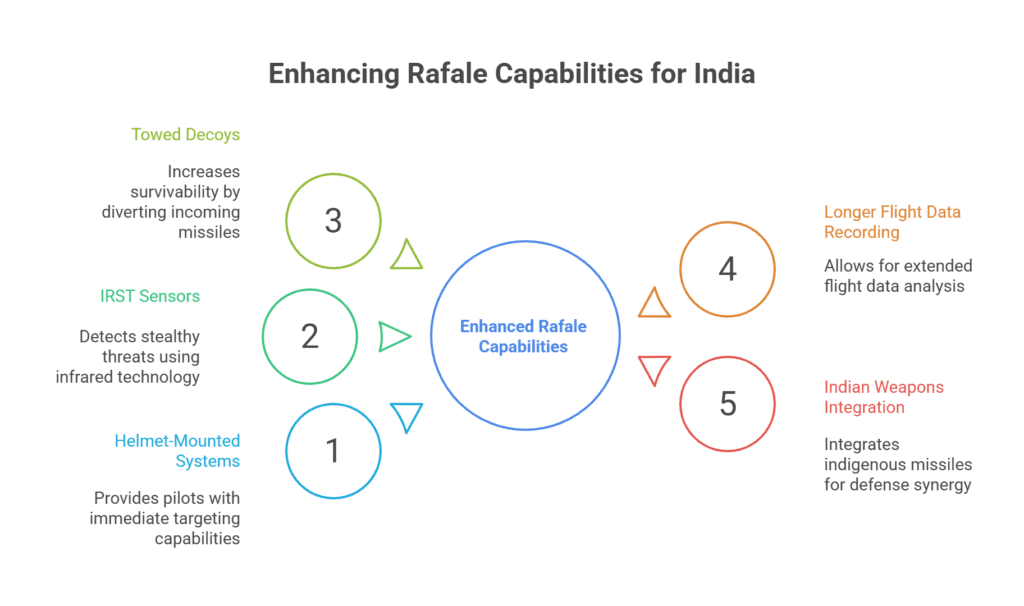
The Rafales weren’t delivered “as is.” Each jet features unique India-specific enhancements:
- Helmet-mounted sight and targeting systems for split-second engagement in combat.
- Infrared search and track (IRST) sensors for detecting even stealthy threats.
- Towed decoys and missile approach warning systems increase survivability in hostile environments.
- Longer flight data recording capability (up to 10 hours; more than the standard configuration).
- Indian weapons integration: Recent plans will allow India’s indigenously developed Astra missile onto both IAF and Navy Rafales, further boosting local defense synergy.
Rafale in Action: After Arrival, Into the Hot Seat
With tensions simmering along India’s borders, think the Galwan Valley standoff with China and ongoing friction with Pakistan, the Rafale fleet was rushed into operational status soon after arriving.
Within weeks of induction, they were seen flying over Ladakh, sending a message, loud and clear. Training was fast-tracked, squadrons expanded, and exercises with international partners (including the French Air Force) became more frequent.
During the large-scale “Garuda VII” joint exercise in Jodhpur, Indian air force pilots and their French counterparts swapped jets; Indian pilots flew Rafales, French pilots took the squadron’s Russian-origin Sukhoi-30MKI for a spin, symbolizing the growing defense cooperation.
Why Rafale? The Strategic Rationale
You hear a lot about “fifth-generation” fighters. The Rafale slots in as a “4.5-generation” multirole combat aircraft, meaning it’s missing some of the all-out stealth of the F-35, but makes up for it by being a genuine all-rounder.
Key Strategic Advantages:
- Air Superiority: The Meteor missile system allows for beyond-visual-range strikes, giving India an advantage in long-range interception.
- Multirole Flexibility: Can switch from air-to-air dogfights to ground strikes and electronic warfare with a few quick changes.
- Survivability: Advanced electronic countermeasures, decoys, and design attributes make the Rafale especially hard to catch, much less shoot down.
- Network-Centric Capability: These jets can link directly with other platforms, passing real-time data and information, think “flying data hubs”.
- Nuclear Deterrence: Select IAF Rafales are capable of carrying nuclear weapons, adding another layer to India’s minimum credible deterrent posture.
Numbers Game: India’s Rafale Fleet by 2030
Let’s do some simple math:
- Total Rafale aircraft as of mid-2025 (operated by IAF): 36
- Future Rafale-Marine (Naval Variant) for the Navy (by 2030): +26
- Grand Total by 2030: 62 Rafale jets, if no combat or operational losses occur.
Reportedly, three jets may have been lost in active service as of 2025 according to unconfirmed reports, but the IAF’s official numbers have not publicly confirmed those losses.
Modernization and the Future: What’s Next for Indian Air Power?
The arrival of the last Rafale isn’t the end of the story. India’s air force is undergoing a rapid modernization, with plans to induct over 400 new fighters by 2035. This will include indigenous fighters like the HAL Tejas, the TEDBF carrier fighter project, and even new international deals (rumored to involve up to 114 more jets).
The message is clear: India is hedging against emerging threats, reducing reliance on older Soviet-vintage aircraft, and aiming for a total reshaping of its air combat fleet by the early 2030s.
The Strategic Landscape: Eyes on the Indian Ocean
Why such a heavy investment in air and naval power? In a word: China.
With China expanding its unnamed “string of pearls” naval bases and deploying its carrier battlegroups in the Indian Ocean Region, India’s ability to project power and deter aggression has become even more critical. The Rafale Marine jets, operating from INS Vikrant and future Indian carriers, are a direct counterbalance to this new regional reality.
Beyond Hardware: Indo-French Defense Partnership
Funny thing about international weapons deals: they’re rarely just about the equipment. The Rafale saga has deepened diplomatic, technological, and economic partnerships between India and France.
Joint exercises, technology transfers, industrial collaborations, and knowledge exchanges are all baked into the deals. And this growing partnership now covers submarines, advanced electronics, and even satellite cooperation.
The Human Element: Pilots, Training, and Skills
All this technology would mean little without the highly trained IAF and Indian Navy pilots at the controls. Since the first batch landed in July 2020, crews have undergone intense simulator and real-world training, both in India and France.
The training regime covers air combat maneuvering, ground attack, carrier takeoff and landings (for the Navy), electronic warfare, and even nuclear protocols for specialized squadrons.
Conclusion: Game Changed, But Vigilance Remains
So, what’s the upshot?
India’s Rafale fleet, now “complete” with the arrival of the last batch, gives the nation a distinct technological edge in the region. But in the world of defense, there’s no “final” solution. New threats, evolving technologies, and shifting alliances mean the story, believe it or not, is just getting started.
For now, though, Indian skies and seas are safer than before. And in the years to come, all eyes will be on how these Rafales, powerful, versatile, and bristling with state-of-the-art technology, perform in the real world.
Funny thing is, for all the headlines, most Indians will likely never see a Rafale up close. But there’s comfort in knowing, high above, somewhere at the edge of the nation’s borders, someone’s watching, ready to act, at a moment’s notice.








